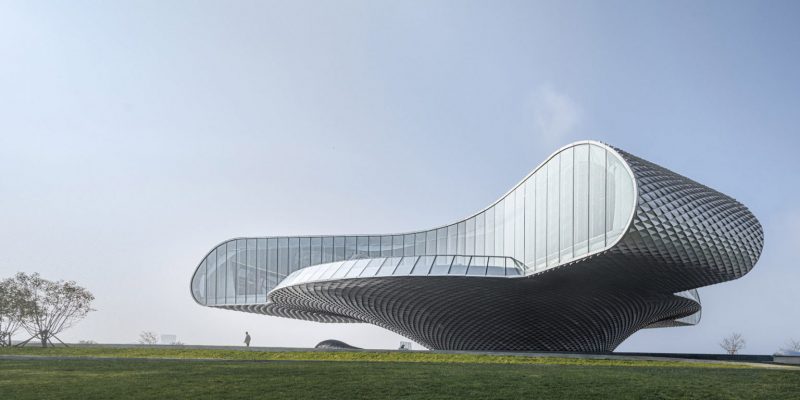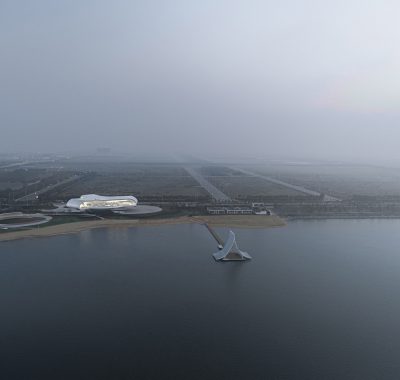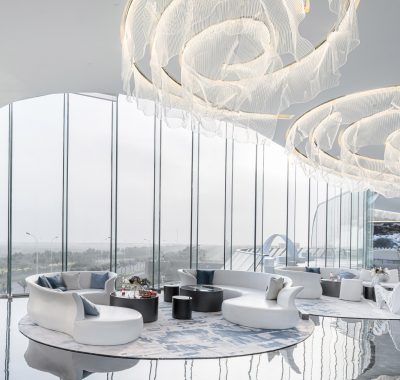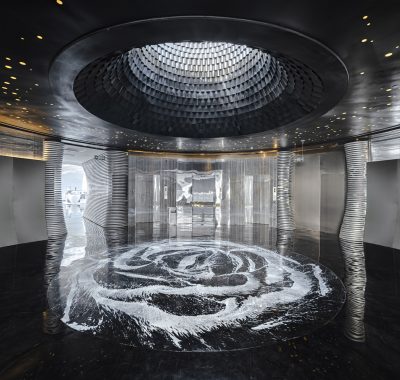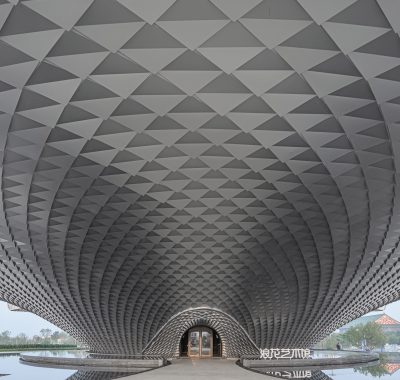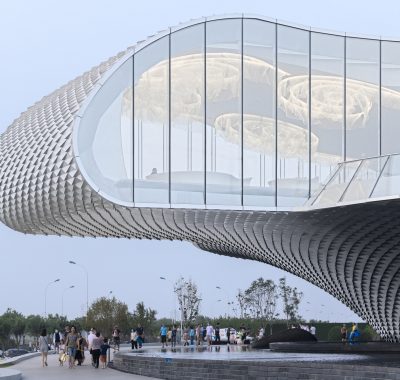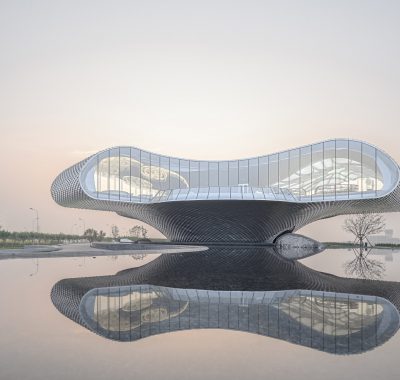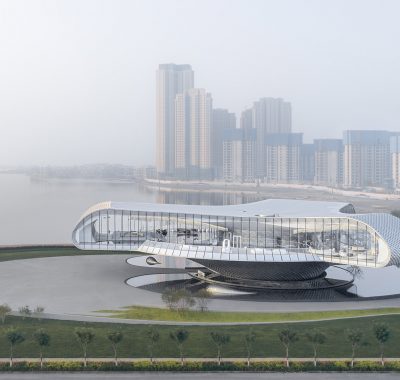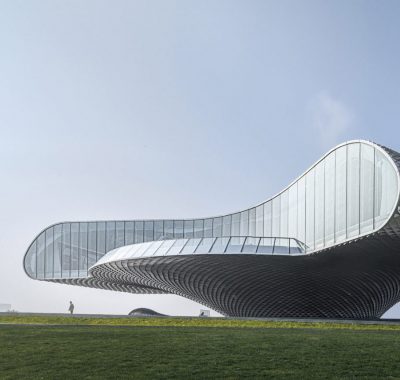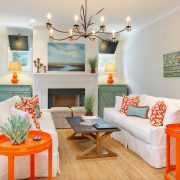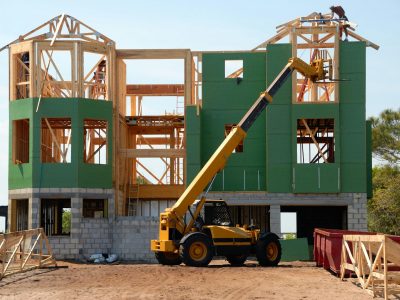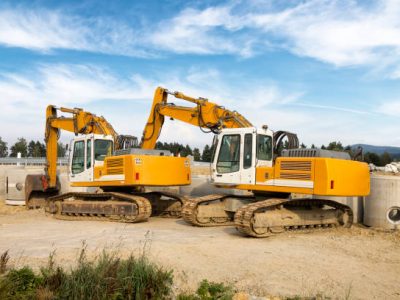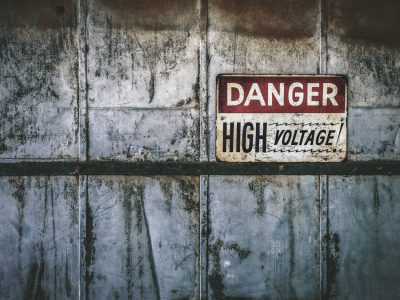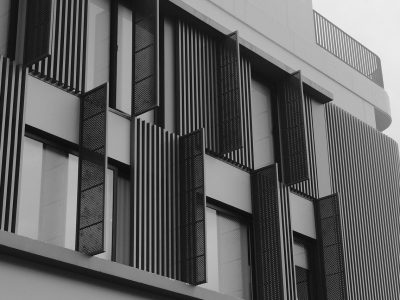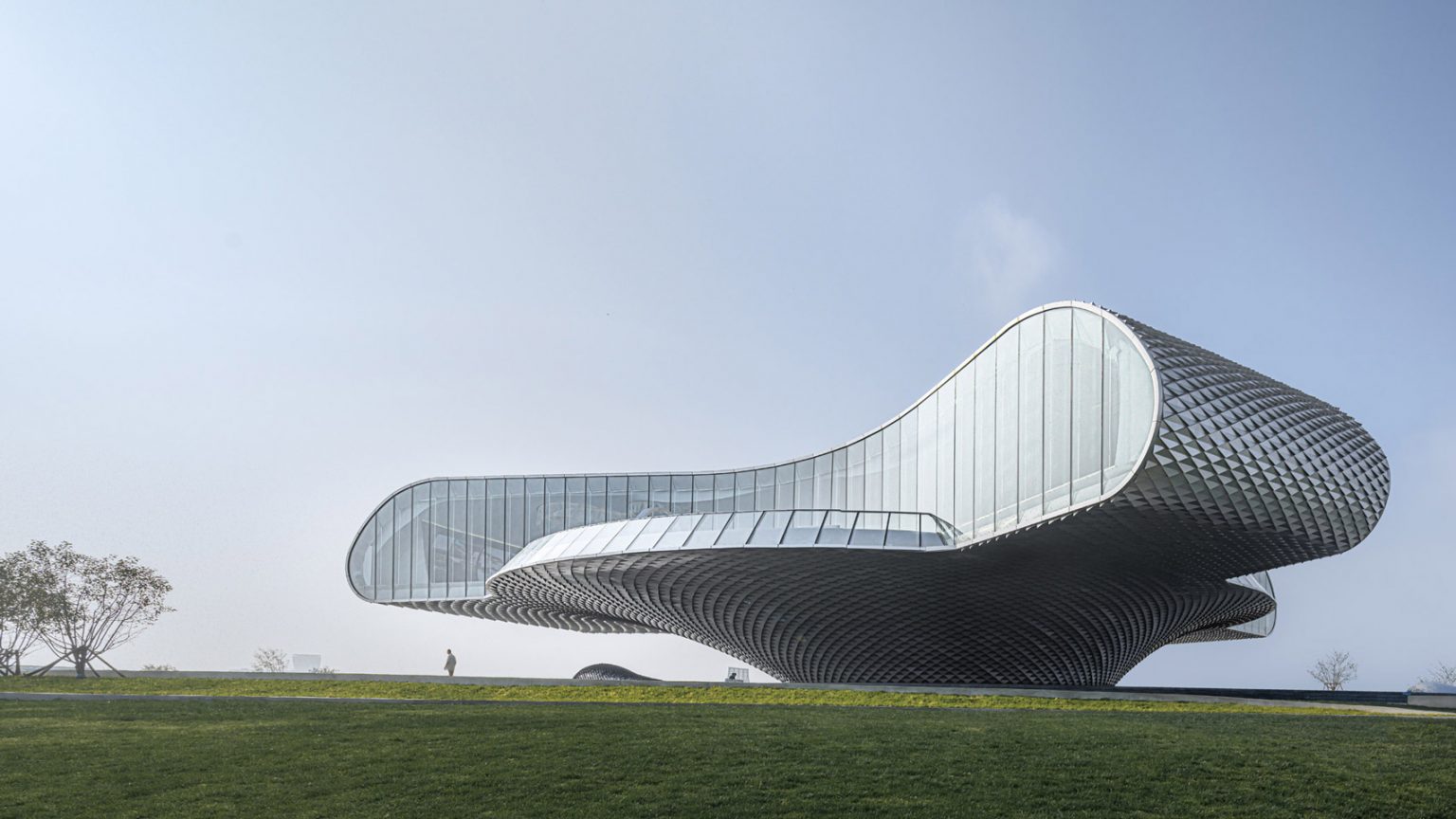
The Wave gallery on the coast of Tianjin, China was completed by Shanghai-based studio, Lacime Architects. This gallery is clad in thousands of aluminum tiles and resembles a giant water wave. Built in a 3563 square meters land, The Wave was designed as a cultural center in the Binhai New Area district.
The shape of the building is developed as a nod to its setting beside the Bohai Sea, evoking waves hitting the shore, while the scale-like layers are meant to sparkle like ripples of water.
“The whole building resembles the wave to create a dialogue between the building and nature, and the building has become a symbolic existence where the sea and the earth converge,” explained the Shanghai-based architecture studio.
“In this space, people, sea, air and the sunshine establish a closer connection.”

The Wave’s signature shape is made of a Y-shaped second floor, which protrudes from a two-story plinth surrounded by shallow puddles. To achieve this while keeping the building column-free, the structure consists of a central concrete core enveloped by a complex network of steel frames. And it was developed by Lacime Architects using parametric design technology.

The museum’s cover consists of 13,000 pieces of aluminum tiles. It’s designed to reflect light in various ways throughout the day to create water ripples. The delightful light pattern is also reflected onto the tile from the puddle below, completing its wave-like shape.

Visitors to the museum enter the building’s central concrete core which contains a dark entrance lobby that is illuminated by dormer windows. There are three water-curtain features and stainless steel detailing, which hide the museum’s stairs and elevators and are meant to offer a “serene visual-tactile experience.”
Above, the first floor of the building contains bathrooms and meeting rooms. While the second floor houses the main gallery space, in addition to an outdoor terrace, library and bar. The interior finishes for the upper floors are highly decorative – from the fabric-decorated ceilings, highly polished floors and plump furnishings and the studio-modeled bubble-like sculptures on “water in different states”.
The top floor of the museum is also clad in a large curtain wall that changes size with the undulating exterior of the building, reaching a height of eight meters. Lacime Architects introduced a curtain wall to maximize natural light and provide visitors with views of the ocean and outside connection, creating a striking contrast to the ground floor lobby.

As part of the project, Lacime Architects also create two pavilions and an outdoor space surrounding the museum. These include seating areas, children’s play zones and outdoor theaters. One of the pavilions is positioned in the sea, accessed via a sidewalk, to encourage visitors to sit and listen to the “sounds of nature”.


